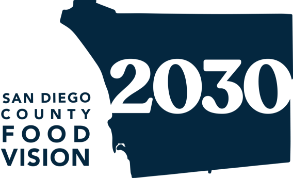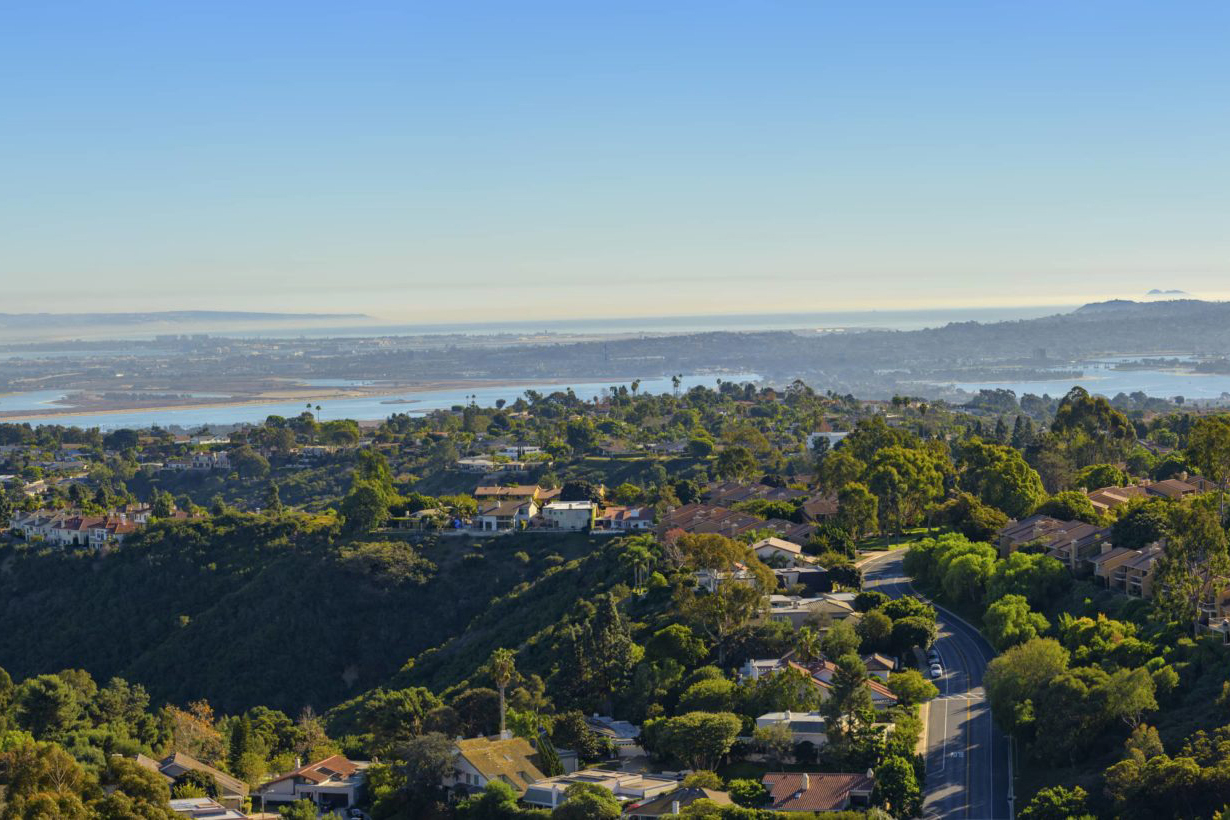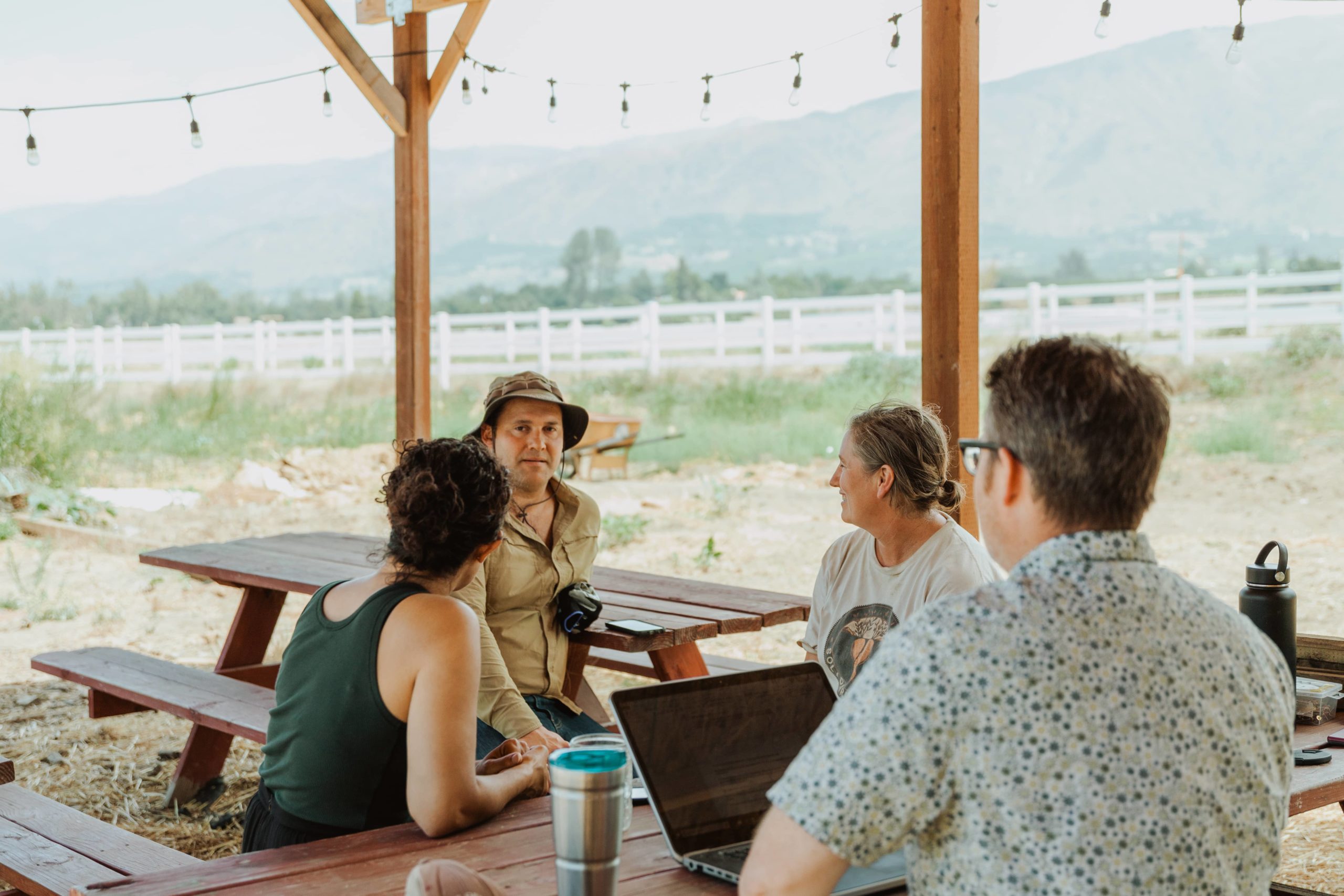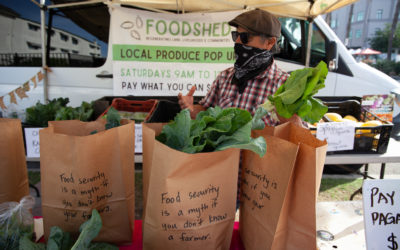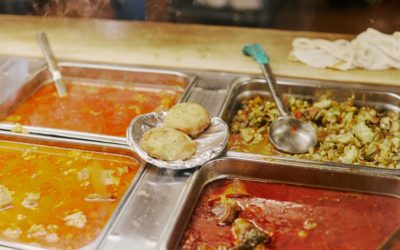Becoming a subscriber to Foodshed’s Fresh 5 program—a weekly distribution of fresh, seasonal produce, grown by the small farmers who make up the Foodshed cooperative—means you’re in for two surprises with every delivery. One is the produce itself: an ever-changing...

Fish Becomes Seafood Because of Fishermen
The need for strong local food systems became crystal clear during the COVID-19 pandemic when household food shortages flourished while abundances of food rotted at ports and warehouses because pandemic-related shutdowns had halted distribution. We need reliable supplies of fresh, healthy, sustainable food—including seafood—to ensure resilience to future food chain disruptions, be they pandemics, trade wars, or climate change impacts. Sitting adjacent to some of the most diverse and productive ocean in the world, San Diego should be one of the easiest places to get a wide variety of locally sourced seafood, yet relatively little San Diegan catch makes it on to local plates. Aquaculture is up and coming in the region and needs to be a part of our seafood story, but for now we focus on the many reasons, in addition to food security, that San Diego should elevate its priority on strengthening our commercial fisheries.
California’s fisheries and, really, any U.S. fisheries, are responsibly managed and provide the most sustainable seafood in the world. Our fishing fleet brings economic benefits that ripple throughout the region as jobs and support within the food system and in related businesses, such as gas, ice and refrigeration, and even tourism. As one of three industries on which this city was founded, fishing is an integral part of San Diego’s heritage. Locally landed seafood is fresh, nutritious, and safe, and the variety ensures something for (almost) everyone. Despite the benefits, building a stronger seafood system will be rough waters to navigate. The needs of industry to responsibly grow span the supply chain, from ocean to plate, and require true collaboration across ocean resource and food system sectors. It is the gathering of otherwise disparate people to productively work together that can be the most challenging part of solving problems, but recent successes in San Diego to support fishermen and get their fish into the hands of San Diegans provide hope. These efforts, such as the passing of the Pacific to Plate bill and the Fish to Families program, are the product of cross-sector relationships based on listening, communication, respect, and accountability.
One need is for reliable access to a greater diversity of species so that we can fish and, subsequently eat, more lightly across more species. This portfolio approach has benefits for fisheries, business, and human health by reducing risks associated with a reliance on very few food products. This can be achieved with many well-trained fishermen and diverse gear types– hook and line, deep-set buoy gear, traps, longlines. Concurrently needed are more flexible fishery management strategies that allow fishermen to be adaptable to short- term challenges, such as seasonal closures and bad weather, and long-term changes such as ocean temperature regime shifts, fish population fluctuations, and climate change impacts.
Our fish cannot stop at the docks. Needed are investments in waterfront infrastructure to support fishing and marketing, such as offloading equipment, gear staging and storage space, processing facilities, and storage, especially needed to ensure food supplies during unexpectedly challenging times. Accompanying our working fishing harbors needs to be financial and technical support to help fishermen with establishing or expanding fishing operations and sales of their catch.
Fish only becomes seafood because of fishermen. We need to support and expand training for a new generation of skilled, responsible fishermen, and provide new skills to existing fishermen wishing to expand their businesses. And we need to broaden recruitment to attract fishermen who better reflect the diversity of our region, and who understand the cultures, traditions, and trends underlying seafood demand, and the limitations to access to help ensure that locally landed seafood is equitably distributed and accessible by all.
Finally, informed consumers will be key to fueling a local seafood system. Needed is fact-based information about local fishery sustainability and importance, seafood availability, nutritional information, tips on handling and preparation, and recipes, especially for not-so-mainstream species. And a call to action to eat a greater diversity of seafoods, ask for San Diego sourced seafood, and support businesses that carry it.
